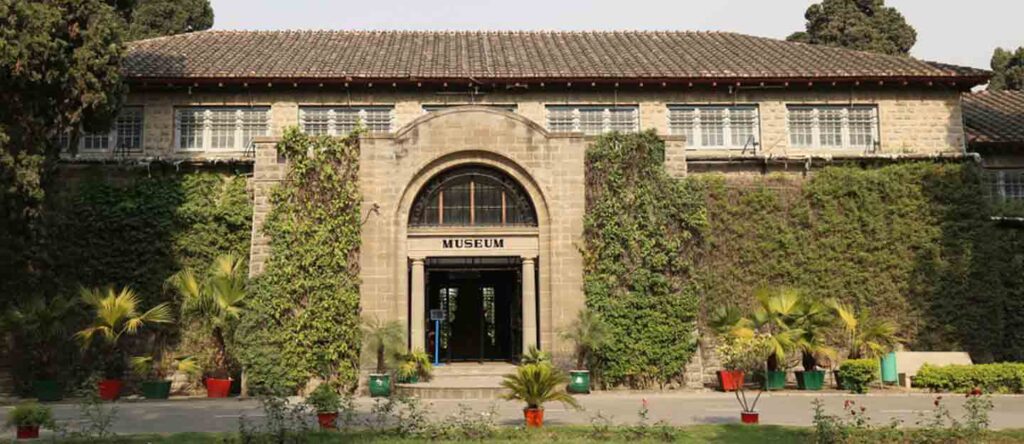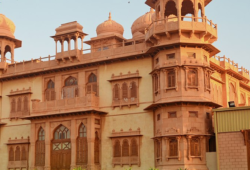Taxila Museum
 Posted On
Posted On
For more than 1000 years (600 BC to 500 AD), Taxila remained the center of learning and Buddhism in the days of Buddhist glory.
There are more than 50 archaeological sites within a 30 km radius around Taxila.
Highlights include the Dharmarajika Stupa and Monastery (300 BC – 200 AD), Bhir Mound (600–200 BC), Sirkap (200–600 AD) and the famous Julian Buddhist University.
A museum has been established near these sites containing sections with the rich archaeological holdings of Taxila arranged in chronological order and marked by property.
It is one of the best maintained museums in Pakistan for tourism.

Collection
The Taxila Museum houses one of the most important and comprehensive collections of stone and stucco sculptures from Gandhara Buddhist art.
The core collection has been unearthed from archaeological sites in the Taxila Valley such as Bhir Mound, Sirkap and Sirsukh settlements as well as Buddhist stupas and monasteries at Dharmarajika, Mohra Moradu, Jaulian, Kalawan, Bhamala, Tofkian, Bajran and Giri etc.
The museum is built in the middle of these numerous sites and boasts a rich collection of artifacts from the Gandhara civilization.
Around 7,000 artefacts are on display in the Taxila Museum and around 30,000 are preserved in the reserve collection.
Domestic Objects
This collection includes stone and stucco sculptures, votives, stupas, relic caskets, inscriptions, beads, jewelry, coins, tools, utensils, and a variety of other religious, architectural, and domestic objects.
The origins of the Taxila Museum lie in the archaeological and historical efforts of the Archaeological Survey of India (ASI) established under the British Raj.
The Archaeological Survey of India was the first organization for archaeological research and heritage conservation of the Indian subcontinent.
Under this organisation, Taxila was extensively surveyed and excavated between 1913 and 1934 by Sir John Marshall, Director General of the Archaeological Survey of India.
Foundation
In 1918, under the leadership of Viceroy Lord Chelmsford, Sir John Marshall laid the foundations of the Taxila Museum to preserve these rare discoveries and objects.
Construction of the museum continued until 1928, the year Sir John Marshall retired from the Archaeological Survey of India.
The Taxila Museum houses one of the most important and comprehensive collections of stone and stucco sculptures from the Buddhist art of the Gandhara civilization.
The museum is located amidst numerous archaeological sites scattered throughout the Taxila region and boasts a rich collection of Gandhara artefacts.
The museum’s core collection was unearthed from excavated sites in the Taxila Valley.
Such as the Bhir Mound, Sirkap and Sirsukh settlements (capitals), as well as Buddhist stupas and monasteries at Dharmarajika; Mohra Moradu, Jaulian, Kalawan, Bhamala, Tofkian, Bajran and Giri to name a few.
Currently, around 7,000 artefacts are on display in the Taxila Museum and around 30,000 are preserved in the reserve collection.
The collection includes sacred relics of the Buddha, stone and stucco statues, stupas, relic caskets, inscriptions, beads, jewelry, coins, tools, ceramics, utensils, and a variety of other architectural and domestic objects.
Sources: Seepakistantours | Taxilamuseum


